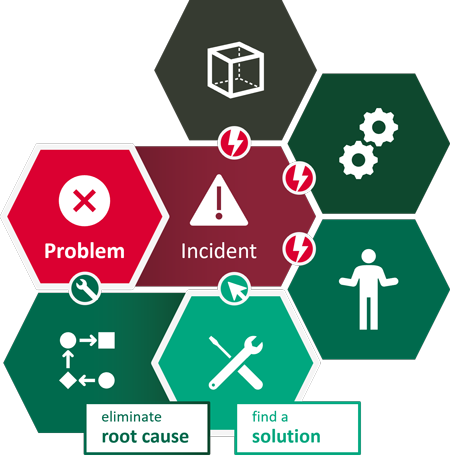Problem Management: Managing problems and acting with foresight
Problems are inevitable, but how you deal with them can make all the difference. Learn how to prevent problems, identify them efficiently and develop sustainable solutions with well thought-out Problem Management. Discover how you not only overcome problems, but stay one step ahead of them!


